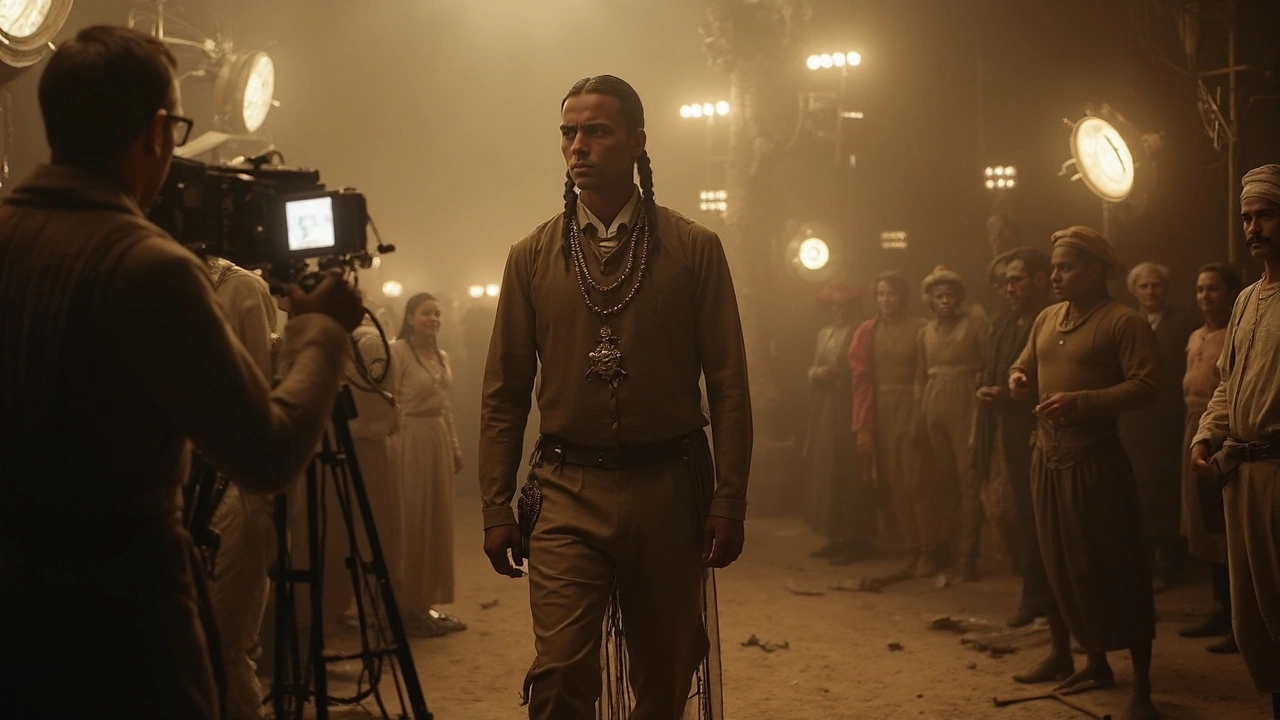
Imagine a time when movies had no sound, when Hollywood was just a cluster of bungalows and orange groves, and the cowboy reigned as king of the silver screen. In this wild early landscape, Native American faces usually showed up as props—tied to stereotypes, stuck in the background, rarely getting credit. But if you look closely, there’s a single name that stubbornly pops up in the musty reels and yellowed cast lists: James Young Deer. He wasn’t just another extra. He was an actor, director, and—maybe most surprising—a Native American who managed to get his name on the marquee before almost anyone else from his community.
Some folks will argue that there were others—like the silent film star Mona Darkfeather, who claimed Native heritage, or the iconic Iron Eyes Cody, who later turned out to be Sicilian. It’s a maze, honestly. Still, if you want the closest to a clear answer about the first American Indian actor, first American Indian actor is a title James Young Deer can pretty much claim. He didn’t just show up; he helped shape Hollywood’s idea of Indians, on and off screen.
The Forgotten Pioneer: Who Was James Young Deer?
James Young Deer’s story reads like an old western with a few unexpected twists. Born in Washington, D.C., in 1876, he claimed to be of Nanticoke heritage—a tribe from the mid-Atlantic coast. Whether every detail of his origin is rock-solid or not, there’s no denying his impact on film. By the early 1900s, Young Deer had wrangled a spot at Pathé, the French film studio’s American outpost, not just as an actor but as a director and producer. Imagine that—at a time when Indians were lucky to get work as background extras, this guy was calling the shots.
He starred in, wrote, and directed dozens of silent films, mostly westerns. Some of these—like "White Fawn's Devotion" from 1910—are still around if you know where to look. What stands out? Young Deer insisted on showing Native Americans as people, not caricatures. His characters had motives and families; they cried, got mad, fell in love. He wasn’t afraid to cast Native actors and brought his wife, Lillian St. Cyr (also known as Princess Red Wing), into many productions. Lillian herself starred in the 1914 epic "The Squaw Man.”
It’s kind of wild how often his name gets skipped in histories. Even film buffs sometimes have no clue about Young Deer. That forgetfulness probably says a lot about how Native Americans have been written out of Hollywood’s story, even when they helped write it in the first place. Only a few of his films survive, but historians digging in the archives keep finding more proof that he opened doors no one else could.
Life on the Early Movie Set: What Did It Really Look Like?
Filmmaking in the 1900s was a rough-and-tumble show. Crews shot movies outdoors, racing against weather and daylight with hand-cranked cameras. Young Deer, with his keen sense for action and suspense, was right at home in this chaos. He took Native stories seriously, consulting with tribal members and reusing cultural details from his own life. One tip for families learning history: if you have young kids, like my son Arjun, try tracking down some of these silent shorts online. Ask them: is this what they expect from old westerns? Odds are, they’ll be surprised at how much more depth these stories have compared to the old black-and-white cliché cowboys-and-Indians flicks.
At the time, Pathé let Young Deer create movies that stuck out from the pack. The company wanted realism, and his team would spend days filming on reservations or in landscapes that actually looked like the real West. He paid Native actors when he could, something almost unheard of back then. On top of that, he introduced storylines where Native characters were heroes, rescuing settlers or facing tough choices about loyalty. He wasn't just flipping a script—he was shaping Hollywood's whole approach to the western genre.
If you dig through the cast lists from Young Deer's era, you’ll find something else: credits for Indigenous women. Lillian St. Cyr stands out, of course, but so do others who would have struggled to find work if not for directors like Young Deer. It’s the sort of effect that ripples out over time, even if nobody gives you a trophy for it. On the downside, it didn’t last. By the 1920s, the studios wanted more control and cheaper extras, and Native American actors faded back into supporting roles.
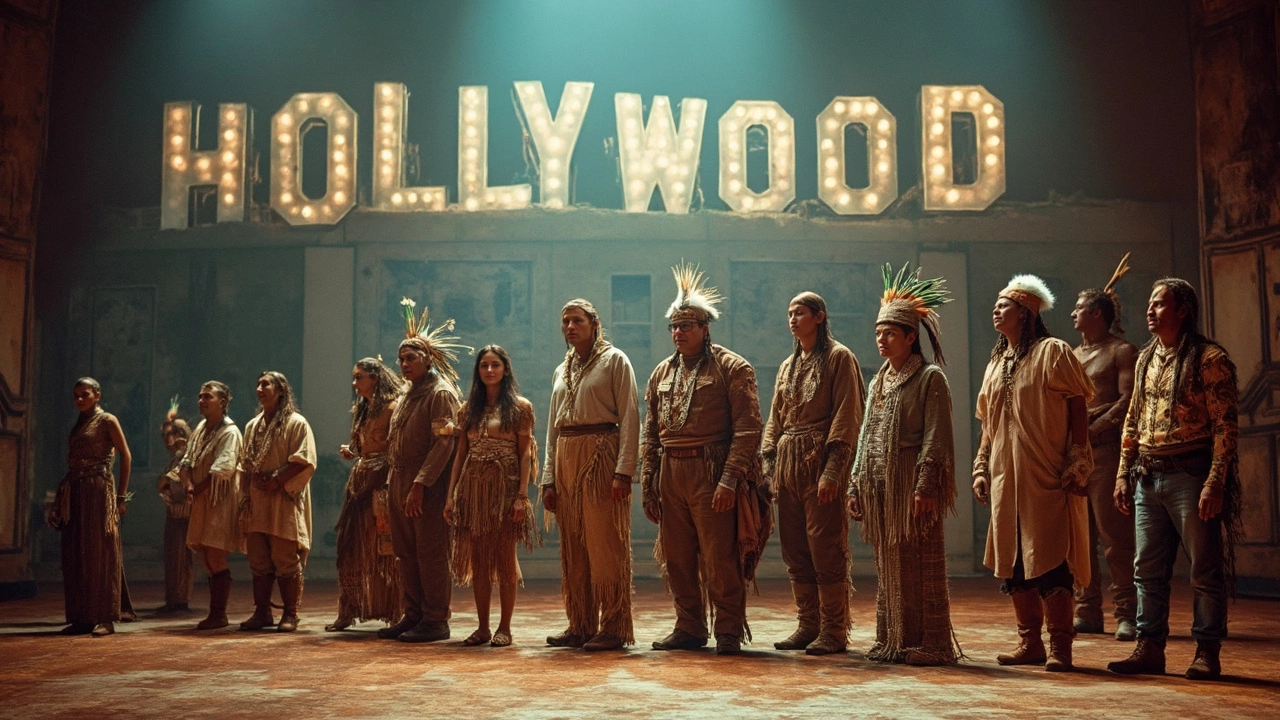
How Hollywood Treated Native Actors: Myths, Mistakes, and Misrepresentations
Anyone who’s sat through an old western with their family knows the cringe factor when it comes to Native representation. Hollywood loved a stoic stereotype. The sad part? That stereotype stuck for decades, shaping what audiences believed about real people. Native actors hardly ever got leading roles after Young Deer’s time. Studios preferred non-Native stars in brown face—sometimes with embarrassing results. Iron Eyes Cody, who spent his life claiming to be Cherokee and even did those famous anti-littering commercials, was actually born Espera Oscar DeCorti to Sicilian parents. It’s the kind of Hollywood trick that causes headaches even today.
Throughout the early 20th century, Native Americans in Hollywood were boxed in. Sure, you might spot someone credited as an "Indian Chief" or "Brave #2," but they weren’t being asked for input on the script. A 1926 Hollywood census found barely two dozen Native actors working in films—a drop in the bucket compared to all the "Indian" roles going to white actors in makeup. The pay was low and the stereotypes painful.
James Young Deer tried to fight this by insisting on accuracy. He pushed for authentic costumes and stories that didn’t just glamorize settler heroics. If you want a taste of how far he was ahead of his time, listen for the quiet moments in his films: you’ll notice his Native characters talk about land, loss, or family, not just warfare and revenge. There's a lesson here—if you want real diversity, you have to trust people with their own stories.
| Year | Native American Roles in Top Films | Actual Native American Actors Credited |
|---|---|---|
| 1910 | 25 | 4 |
| 1920 | 40 | 6 |
| 1930 | 54 | 8 |
That table sums it up: more Native roles, but not many Native actors filling them. For families curious about representation today, this is a reminder of how far things still have to go.
Breaking Stereotypes: Other Early Native Actors Worth Knowing
Once Young Deer planted the flag, others followed—though with plenty of detours. Lillian St. Cyr, as mentioned, broke through Hollywood’s glass ceiling too, and her work in "The Squaw Man" drew crowds all over the country. In the 1920s and 1930s, Chief Yowlachie (Yakama) started popping up as a character actor. He sang opera, then found stable work in B-movies—sometimes as the wise elder, sometimes as comic relief. Jay Silverheels (Mohawk), later known for playing Tonto in the Lone Ranger TV show, didn’t arrive until the 1950s, but he credits pioneers like Young Deer for making that even possible.
There’s a tendency to forget how many kids watched these movies thinking, “Hey, that’s my story too,” even when it wasn’t perfect. That’s why it means something extra when you share this history with the next generation. My kid Arjun loves futuristic superheroes, but he was fascinated when he learned some of the first movie stars wore feathered headdresses and rode horses onscreen.
If you’re interested in learning more about Native actors, seek out the National Museum of the American Indian’s online collections. They’ve got rare footage and interviews with Hollywood’s nearly forgotten Indigenous talent. Some schools use these resources to teach about media stereotypes; parents can do the same at home. Watching an old Young Deer film together can spark awesome conversations about where stereotypes come from and why they’re stubborn to break.
Building from that, today’s Native actors have carried the torch. People like Wes Studi (Cherokee Nation, "The Last of the Mohicans") and Tantoo Cardinal (Métis, "Dances with Wolves") have become household names, challenging even stubborn stereotypes by showing up as complex, leading characters. You could track a direct line from the silent era to modern blockbusters. It hasn’t been easy, but each new face matters.

Why Remembering the First American Indian Actor Still Matters
It’s not just about credit or who got there "first." It’s about reclaiming space—about putting Native faces and voices back where they belong, in the middle of the story. Families who watch movies together get a chance to unpack how stories shape what we believe about ourselves and each other. Knowing about James Young Deer isn’t just a trivia tidbit—it’s a signal that representation has deep roots, even if they were buried for a while.
When my son Arjun and I talked about Young Deer, he wanted to know: “Did anyone ever thank him?” I had to admit, not really—not in his lifetime, at least. But that’s changing now. Film schools look at Young Deer as a pioneer. Documentaries and academic essays have helped his work resurface. The more we talk about his career, the easier it becomes to spot the quiet ways Native Americans have shaped film—right from the beginning.
A final tip for movie lovers: Look up the surviving silent films of James Young Deer. It's a game changer for understanding both Native American history and how movies work. You’ll see stunt riding, clever writing, and human stories that still hold up. For teachers, parents, and filmmakers, those old reels are a gold mine of lessons. And if you ever hear someone claim Native Americans were just extras in early Hollywood, you’ll have the real answer ready to go.
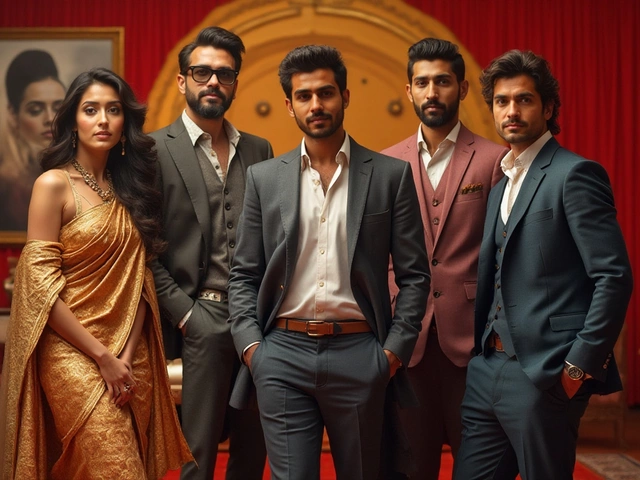
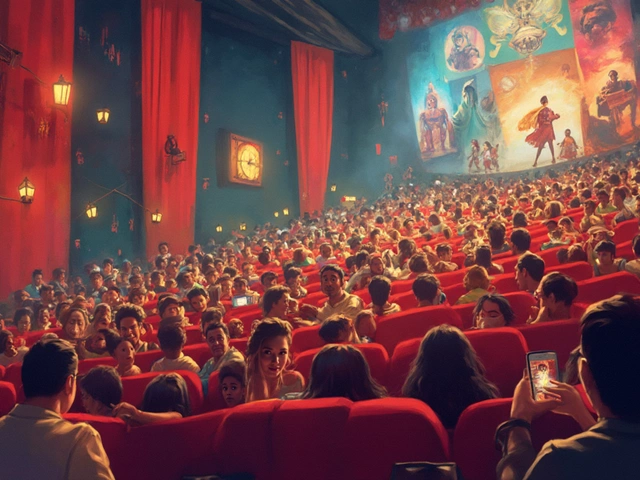
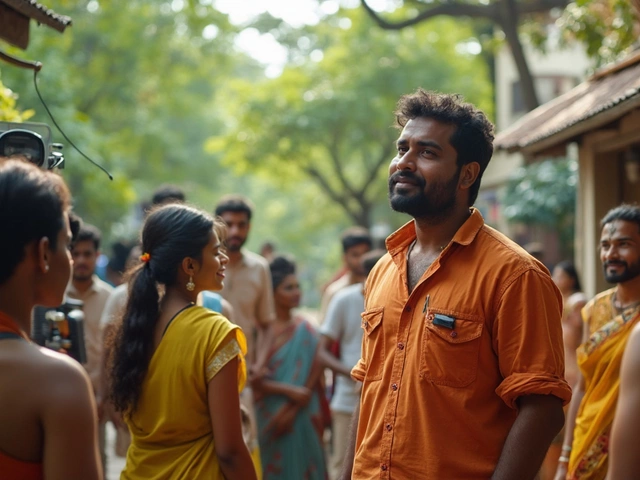
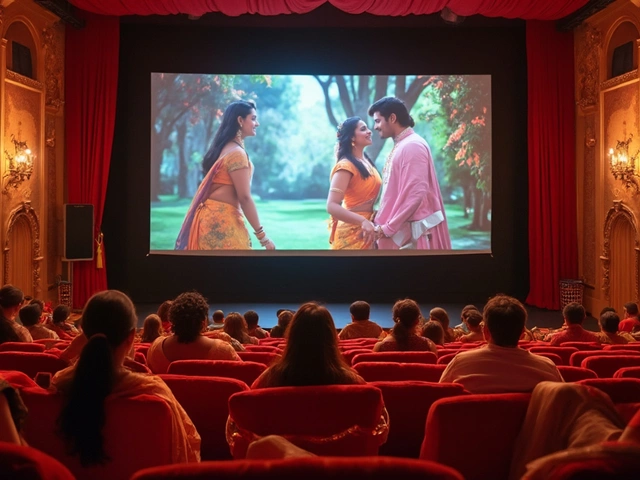

Write a comment